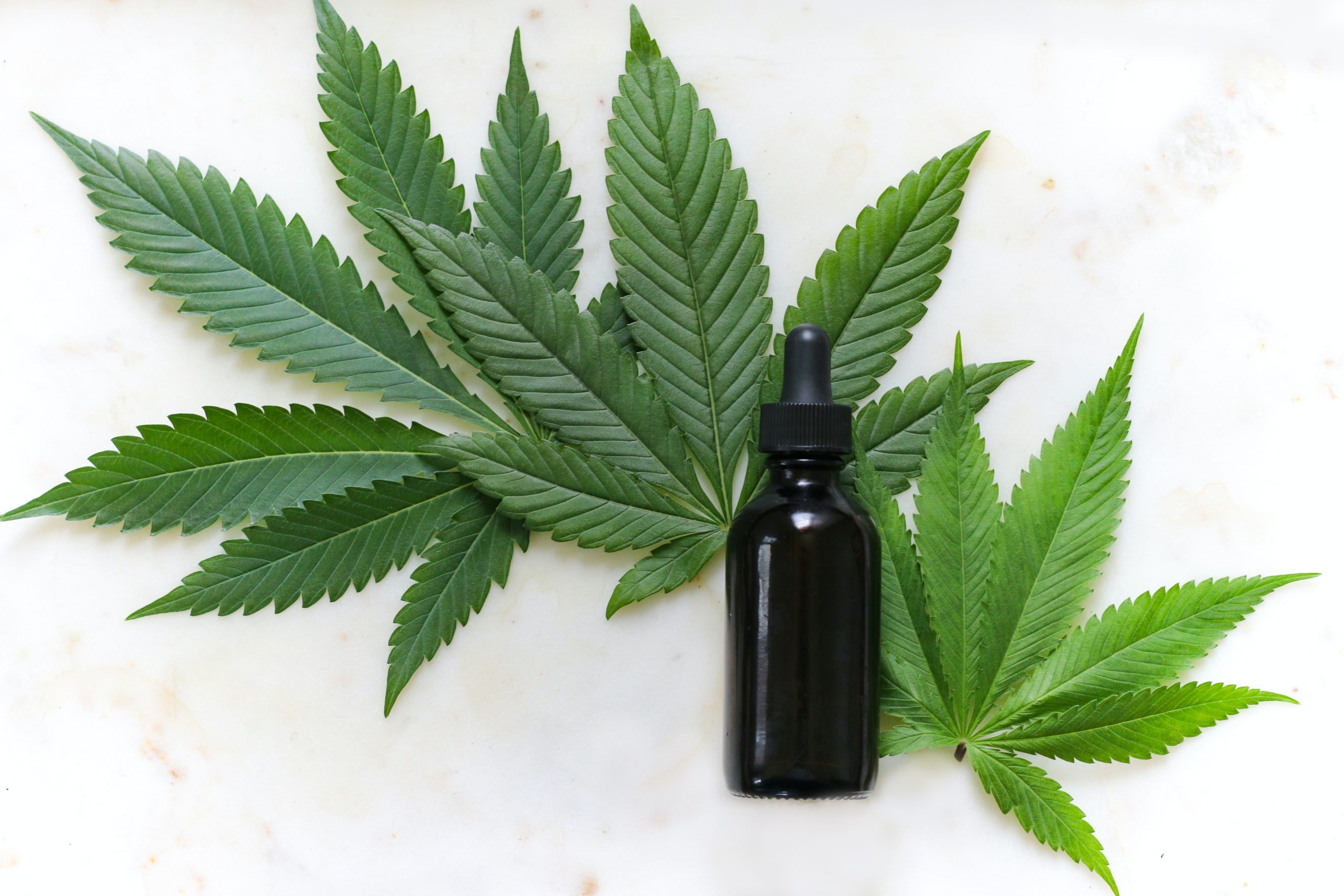How to Get the Most From Your CBD Products
You’ve heard great things about CBD oil helping everything from calming your nerves, improving sleep, reducing inflammation, to nipping pain in the bud – an endless array of benefits from mother nature herself. What’s not to love? Maybe you’re just diving on, or maybe you’ve given it a shot and need to fine-tune your regimen.
Whichever the case, make sure you’re dosing right with a few simple steps to make the most of your CBD and its world of potential.
Disclosure:
Some of the products I mention use affiliate links, which means if you click and make a purchase, I may earn a small commission. This is at no cost to you; some links may even offer you additional discounts (which I will specify). I only recommend products I have personally tried and loved. All opinions are my own, and try to support small businesses as much as possible by linking directly to them.
1. Make sure your products come from a quality source.
Due to the whole, you know, marijuana aspect, hemp products are still part of a market seen as shrouded in mystery. With no FDA regulations (though the same goes for supplements) and start-ups everywhere, it’s critical to make sure you’re getting a reliable product that’s both potent and devoid of impurities.
The best way to determine if a company is reputable is to look for a certificate of analysis (COA). This is a report issued by a third party that tests for quality, potency, and undesirable ingredients. You won’t need to scrutinize the entire thing, but be on the lookout for a few pointers:
- Cannabinoids: this is precisely what you’re buying, so a higher percentage indicates a more potent product
- Concentration: measured in mg/g, this indicates whether the label matches the tested amounts and helps determine accuracy
- Heavy metals: these can seriously disrupt your health, so make sure the numbers are absolutely negligible. Personally, I’d rather have a slightly less potent product with zero heavy metals than a stronger one loaded with gunk that’ll wreck my organs.
- Pesticides: of course, if you purchase organic, this should be less of a concern, but it’s worth checking to ensure you’re getting all the good stuff with as minimal amounts of bad stuff. Pesticides can have a cumulative effect on the body, so it’s important to cut them out everywhere you can.
One company I have personally come to love is Joy Organics. All their products have been thoroughly third-party tested, truly are organic (as opposed to some clever marketing by other companies), and personally, I find the taste of their tinctures packs a bolder punch than other brands. I’ve tried a dozen other brands, but this one is by far my favorite.
Click the banner below for a 20% discount!
2. Recognize the difference between isolate and full-spectrum CBD.
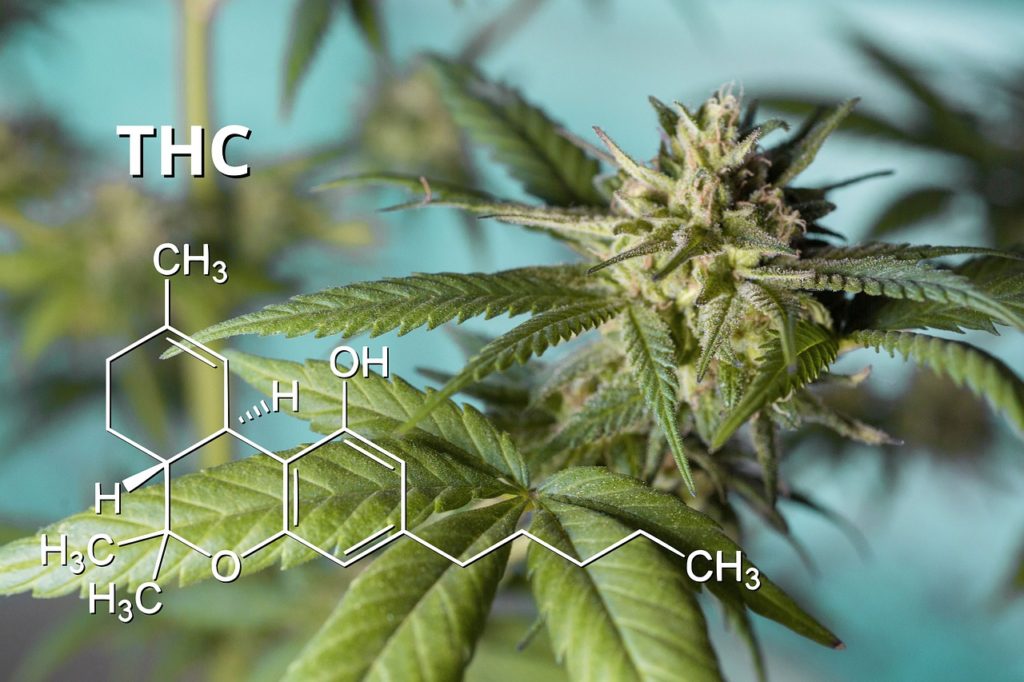
This one is much simpler than the above, but make sure that you’re aware of which you’re purchasing, as the effects can greatly vary. The general consensus (as well as my overwhelming partiality) leans towards full-spectrum CBD, which means that, in addition to pure cannabinoids, your product will include flavinoids, terpenes, and a tiny amount of THC. While the concentration of THC (.3%) is not high enough to cause any perceptible difference to the way you feel, it’s postulated that this marginal amount enhances CBD’s overall effectiveness, and may also rely on the added terpenes. Nonetheless, this is interdependent boosting property is known as the “entourage effect,” and maximizes CBD’s goodness all around.
Of course, if you’re an extremely sensitive person or have an upcoming drug test, it may be safer to stick to isolate. Although genetics play a role in CBD metabolism, it is worth nothing that many users have reportedly admitted isolate hasn’t been strong enough to elicit enough anti-anxiety or pain-killing properties to merit its use. Granted, THC can also cause anxiety (kind of a catch-22), so if you’re first starting out, it might be worth starting with isolate and moving up to full-spectrum for a stronger effect. For me, at least, the difference of full-spectrum versus isolate was game-changing.
3. Choose the right method of intake.
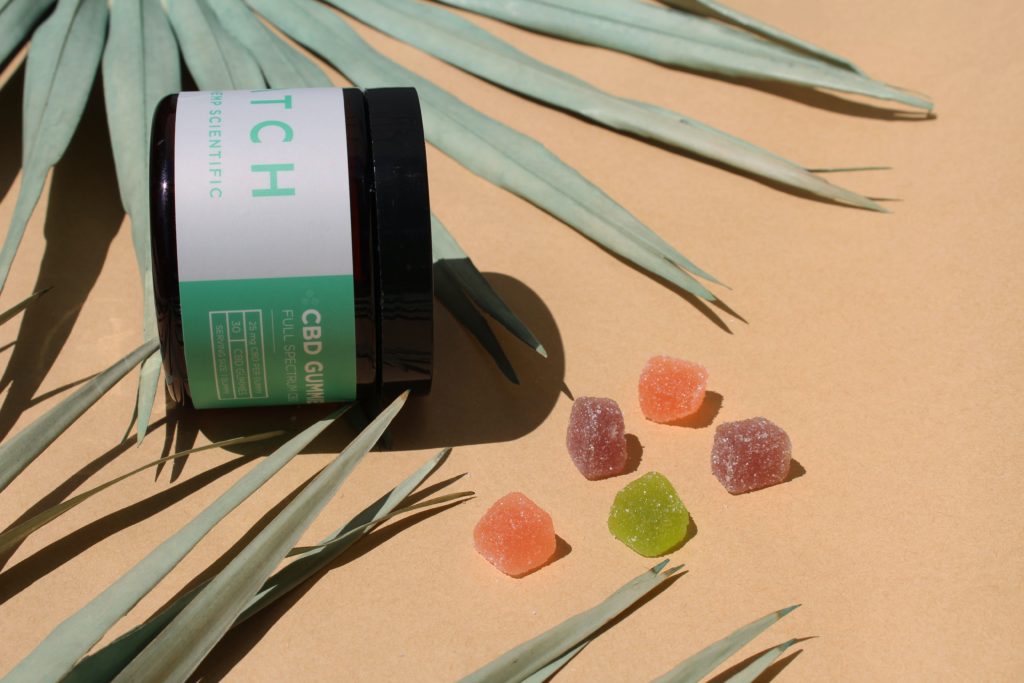
Tinctures, creams, vapes, gummies, and more! There’s a huge variety of products out there, and while some of the decision is based on personal preference, there are a few clear winners for maximizing your CBD’s potential.
The main figure here is bioavailability. If you’ve been popping gummies or CBD capsules to no avail, that’s probably because their bioavailibility is only around 6%. Topical products will have even less of an effect since they act locally on the cannibanoid receptors in our skin. Vapes and tinctures, on the other hand, are 60% and 35% bioactive, respectively, so their effects will be much more pronounced, as they’re not metabolized through the digestive tract.
Although CBD vaping products are technically the most “potent,” there may be carrier oils or additives that shouldn’t be inhaled, and some vapes can also contain heavy metals, so be vigilant about which method you choose. Some users have also reported more anxiety when vaping, which may have to do with the rapid onset as opposed to the more gentle calm of tinctures.
So unless you’re already vaping or using CBD to help curb smoking, you really can’t go wrong with a tincture.
4. Try a different cannabinoid.
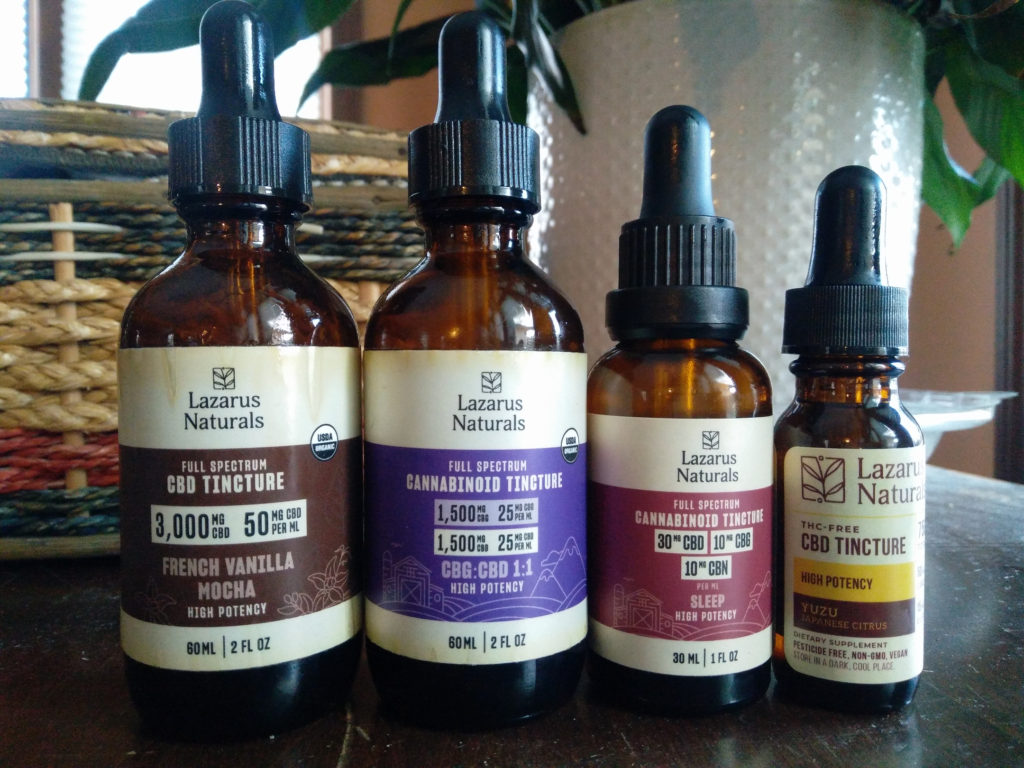
Say what? It seems like we’ve only just dived into the world of CBD, but other compounds have been emerging on the market, each with their own subtly unique properties. And now you can tailor your CBD to your needs.
Though it could take a little trial-and-error to determine which derivative is best for you, if you’re seeking out CBD for a specific purpose, don’t be afraid to venture off the still far-from-beaten path and experiment with these equally gentle botanicals.
Here’s what else is available now:
- Cannabigerol (CBG): Known as the “mother of cannabinoids,” it functions as a precursor to other cannabinoids, even classic CBD itself. It’s known to have a slightly more stimulating effect, and can act as a GABA reuptake inhibitor, making this the optimal compound for anxiety. If other cannabinoids make you sleepy, give this one a try instead.
- Cannabinol (CBN): More closely related to THC (and surprisingly not a derivative of CBG), CBN is usually recommended as a relaxing agent for the evening, as it’s much more sedative, even slightly more psychoactive than CBG and CBD. Small doses surely shouldn’t leave you feeling “stoned,” but with a hefty dose, you may find yourself feeling a little more *extra* chill.
- Cannabichromene (CBC): This cannabinoid has a much higher affinity for the nervous system’s TRPV1 and TRPV2 pain receptors than CBD, so if you’re seeking a natural alternative to pain meds, look here. It also possesses some impressive anti-inflammatory properties when used topically, so don’t be surprised if you spot this in future skincare products.
Just as a case in point, pure CBD did almost nothing for my anxiety, but a 1:1 blend of CBD and CBG hit the sweet spot. Don’t underestimate the power of these little molecules!
5. Refrain from taking certain medications with CBD.
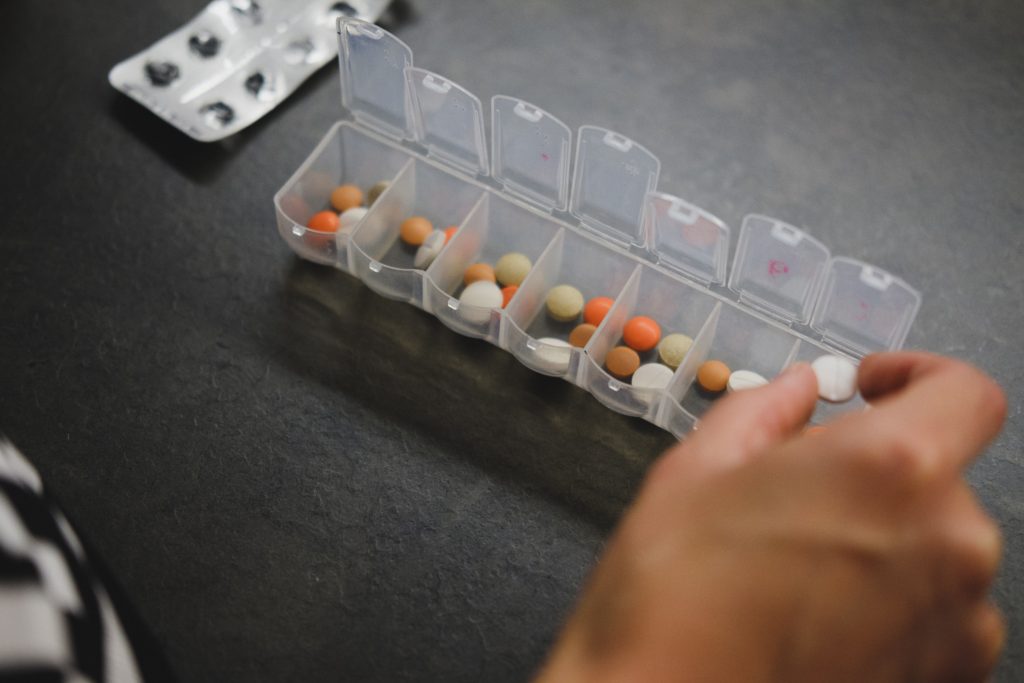
Are you on any medications or frequently find yourself popping OTCs like Tylenol? While relatively benign on their own, even drugs you probably wouldn’t think twice about could easily interfere with CBD metabolism. This is because CBD acts on the CYP450 system in the liver, which is responsible for breaking down a whopping 60% of our medications. Depending on factors such as the CBD type, concentration, as well as your own physiology, CBD may compete with other drugs for the same receptor sites, potentially nullifying or amplifying their potency. At the very least, this can be a huge bummer if you’re, say, fighting off a thundering headache with some Advil that won’t seem to work.
Either way, there are some medications to look out for. Here’s Harvard Health‘s short list of medications with the most severe contraindications:
• a common blood thinner, warfarin
• a heart rhythm medication, amiodarone
• a thyroid medication, levothyroxine
• several medications for seizure, including clobazam, lamotrigine, and valproate.
Additionally, there are a few other types of medications that require pause:
- Antidepressants (SSRIs like fluoxetine or Prozac)
- Antipsychotics and Benzodiazepines
- Macrolide antibiotics (erythromycin, clarithromycin)
- Heart medications (including some calcium channel blockers)
To err on the side of caution, avoid anything with a “grapefruit warning” if there’s CBD in your system.
Now, if you are taking any of these medications, that doesn’t meant CBD is automatically out. Consult your doctor on this first, but as a very loose rule of thumb, some meds can be taken roughly 8 hours apart from your natural medicine. Of course, rules on over-the-counter meds are less absolute, but it’s still advised not to combine pain medication and CBD together for reasons mentioned above.
Bottom line: Luckily, most medications won’t be dangerous with CBD, but if you’re wondering why you’re not feeling your CBD kick in, make sure to take a thorough look at everything else you’re medicating, especially since the research isn’t comprehensive as of yet.
So what’s best for you?
Although there’s nothing wrong with grabbing the first bottle of CBD oil you stumble across, just like all other medicine, it’s best to find a quality product that’ll suit your personal needs. Trying to target anxiety?Opt for a CBG tincture. Are you a smoker with chronic pain? Try a CBC vape. Just dipping your toes in? Pop a few gummies or try an isolate. No matter how you dose, let your CBD put its best foot forward in helping you feel better and healthier all around. Don’t be afraid to spend the time experimenting with brands, routine, or even type of CBD – you might be surprised of the difference it makes!
